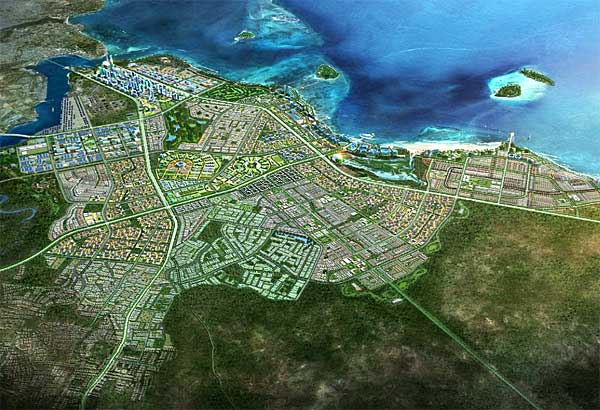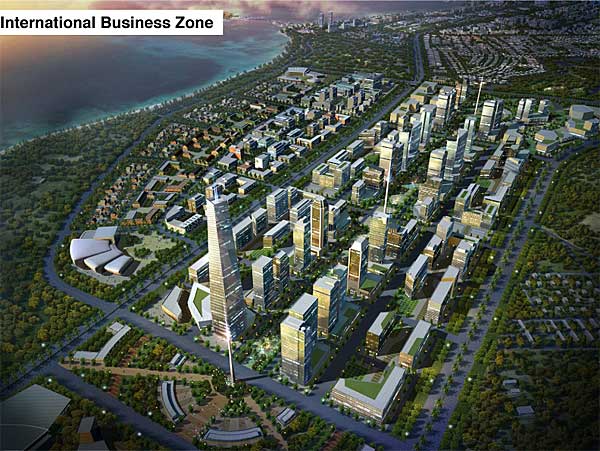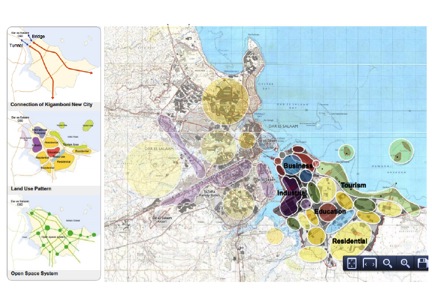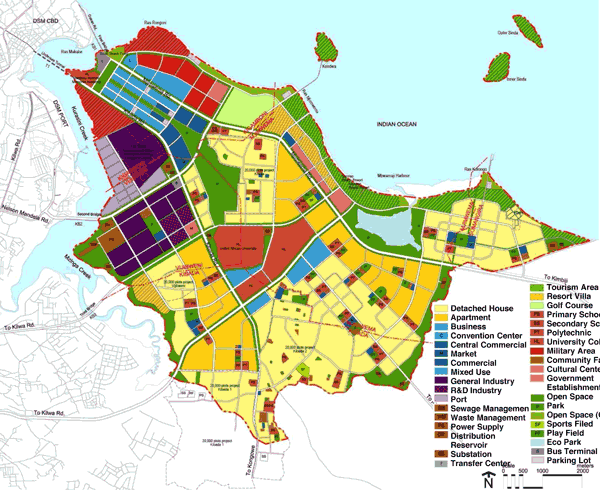|
|
Kigamboni New City, Tanzania, Africa |
|
|
|
|
|
|

source: http://www.ardhi.go.tz/ki
gamboni-new-city.html

source: http://www.ardhi.go.tz/ki
gamboni-new-city.html

source:
|

The project for Kigamboni New City is part and parcel of the government strategies in stimulating the growing towns, major towns and major cities, with the purpose to reduce the growth of existing unplanned settlements. The plan was established in 2008, on the initiative of the Ministry of Lands, Housing & Human Settlements Development to respond the need for sustainable development, to limit the congestion of the biggest Tanzanian city and to promote economic growth of the new planned town taking into account the industrial sector of Dar-es-Salaam, the port and socio-economic activities of the proposed new settlement.
Kigamboni has the aim to be an Eco-City‘ which is intended to exploit the available natural resources in the area, in a sustainable manner. It is also expected to become a tourist pole in the region of East Africa. The development program is divided into three phases, starting in 2011 and to be completed in 2030. The city will have five zones: residential (36,2%), industrial (7,7%), touristic (8,3%), international business (5,6%), public facilities and open areas (40,2%).
Plans for the redevelopment of Kigamboni show the government’s renewed interest in steering urban development. However, the top-down, technocratic approach taken in Kigamboni caused tension with residents and local activists. Redevelopment required resettlement and compensation of 97,000 Kigamboni residents. At the time of writing, resettlement issues, financial complications and other delays have brought to the project to a standstill, and the future of Kigamboni remains unclear.
source: INTI |
|
2008 - 2024 disclaimer
|

